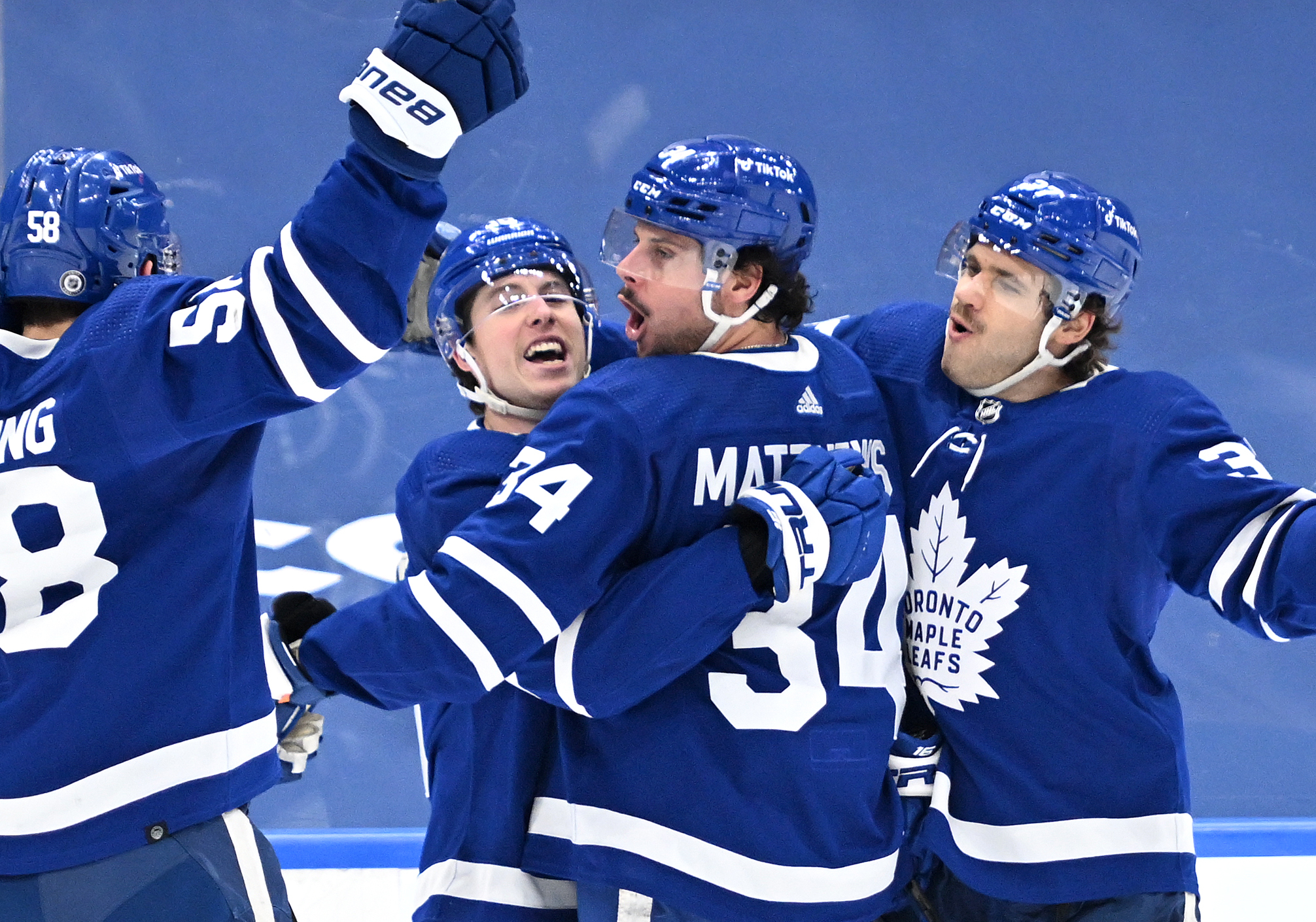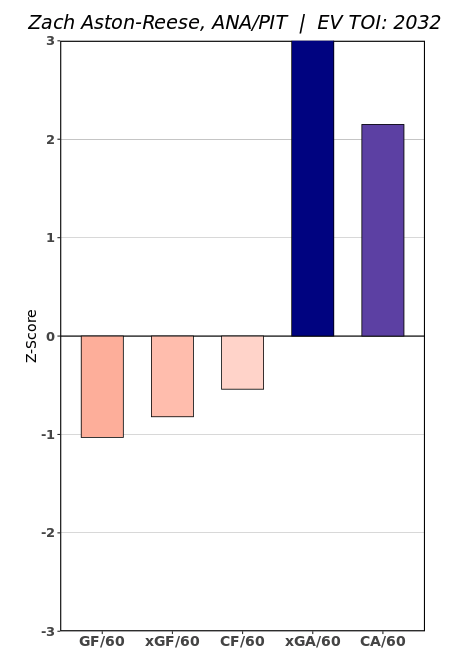The Toronto Maple Leafs kick off their season this Wednesday against the Montreal Canadiens, and while John Tavares and Timothy Liljegren are expected to miss some time, we’ll have a chance to see close to the full lineup in action.
While the star players remain the same, the Leafs added two new goaltenders, plenty of depth forwards, and will now benefit from a full season of Mark Giordano. On paper, this team looks as strong as ever.
5v5 Play
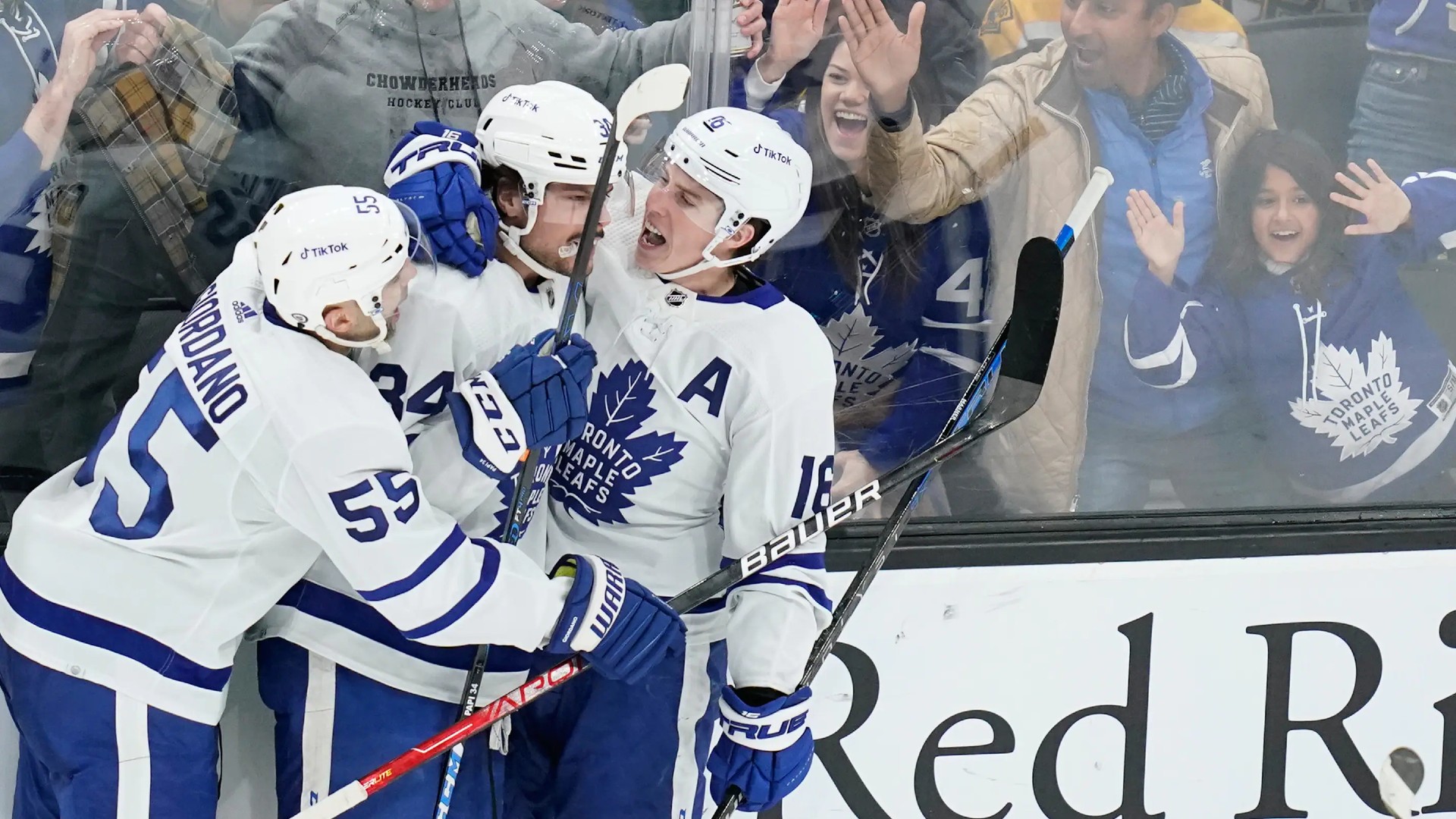
Forwards (All statistics are five-on-five numbers)
Toronto’s dominant top line is back.
Auston Matthews, Mitch Marner, and Michael Bunting finished second, fifth, and seventh in points last season. Matthews scored 10 more goals than anyone else in the league despite playing in only 73 games. The Leafs boasted 64.2% of the game’s expected goals when Matthews was on the ice, which is the third-best mark in Evolving Hockey’s database for players with 800+ minutes in a season (the database goes back to 2007-08 and includes 5,204 player seasons).
Even if this group takes a slight step backwards, we can still expect the team to completely dominate during these minutes. Among the 429 players with 800+ minutes played last season, Matthews finished fifth last in terms of on-ice save percentage. The Leafs still won his minutes 88-60, so the sky is the limit here if Toronto receives better goaltending.
Expect John Tavares and William Nylander to reunite on the second line. Nylander had no problem generating offense last year; he set a career-high in primary points per minute. He recorded just three secondary assists, which is bound to improve. Tavares did see a slight drop-off in terms of primary assists per minute, but his goal-scoring production was pretty much identical to his 2019-20 and 2020-21 numbers.
The Leafs owned 55.97% of the game’s expected goals when Nylander was on the ice, which was the second-best mark of his career. Tavares finished a fraction below him, which was also the second-best mark of his career. The problem with this duo: goals against. The Leafs recorded a .891 sv% when Nylander was on the ice at five-on-five. His previous career low in on-ice save percentage was .908, and he’s been over .926 in every other season. While the Leafs were outscored in Tavares and Nylander’s minutes, their biggest problem was often goaltending.
Alex Kerfoot was Toronto’s last main top-six forward last season and remains an option to play there again if needed. He’s due for some regression after a healthy on-ice shooting percentage and plenty of secondary assists, but the Kerfoot – Tavares – Nylander trio probably looks like a good second line with capable goaltending. However, the Leafs could use Kerfoot at center. His transition skill is much-needed in Toronto’s bottom six.
Expect the Leafs to try a few different options with Tavares and Nylander, but one of Calle Järnkrok, Nick Robertson, Pierre Engvall, or maybe Denis Malgin should be able to impress next to them. The second line could use some help defensively, but again, the Leafs fared quite well in their minutes in terms of expected goals. Tavares faced opposing top lines in his first year in Toronto, but he plays easier minutes now that Matthews and David Kampf are taking on tough assignments.
David Kampf returns to take a billion defensive-zone starts and play low-event hockey. The Leafs owned 52.2% of the game’s expected goals when he was on the ice last season and 51.4% of the actual goals. If Toronto can just break even in Kampf’s minutes, they should be able to count on the other three lines to outscore their opponents.
Kampf’s most common linemate, Pierre Engvall, is also back — and the Leafs had an impressive 56% of the game’s expected goals when he was on the ice. Ilya Mikheyev will be a big loss for this line. The Leafs may opt to use Engvall to help drive his own bottom-six line rather than pairing him with Kampf again.
There are plenty of options here, but we might see fourth-line production offensively if they pair Kampf with Zach Aston-Reese and Nicolas Aube-Kubel.
Let’s get into the new forwards. As you’ve probably heard, Aston-Reese is a limited offensive player with incredible defensive metrics:
My guess is that he’s closer to “good defensively” than “Selke-calibre,” but it’s quite clear that he’s suited to play low-event hockey. Evolving Hockey’s database dates back to 2007-08, and 1190 players have played 2000+ minutes since then. No player has been on for fewer five-on-five goals against per minute. The Leafs could certainly use someone who can throw plenty of hits, drop the gloves from time to time, and play boring defensive hockey. The only concern: If it’s not working out with Kampf, there may not be a clear fit for Aston-Reese elsewhere.
Aube-Kubel, like Aston-Reese, is a hard-working player who brings toughness to the lineup. His defensive impacts aren’t quite as impressive as Aston-Reese’s, but he should be able to bring a little bit more offensively. He could spend most of the season on a shutdown line with Kampf and Aston-Reese, but there’s also a chance that he impresses on a fourth line with someone like Kerfoot. If one of Aube-Kubel or Aston-Reese doesn’t impress, there should be plenty of fourth-line options on the Marlies ready to call up.
Calle Järnkrok or Nick Robertson could complement Kerfoot and his playmaking skillset. Järnkrok brings more to the table defensively and could be a valuable right-handed faceoff option next to someone like Kerfoot; he could also end up on a shutdown line with David Kampf, but the hope is that he’ll bring a reasonable amount of secondary scoring to the table. Robertson is probably the better shooter and playmaker, but he may need more sheltering. The nice part about Järnkrok is that he can play pretty much anywhere, so the Leafs can put everyone else in a position to be successful, then slot Järnkrok in the lineup at the end.
A line of Engvall, Kerfoot, and Robertson would be able to take advantage of easier minutes. Kerfoot’s results at center have been okay rather than great, but he was playing in more of a checking line role a couple of years back before the Leafs added Kampf. He should be an upgrade over Spezza and Blackwell defensively and he should get plenty of minutes against opposing fourth lines. If Robertson doesn’t end up next to Kerfoot, a line of Engvall, Kerfoot, and Järnkrok looks like it would be capable on both ends of the ice. The Leafs could shelter the Tavares line in that case and then run three lines behind them that are extremely strong defensively.
Toronto’s fourth line, often lacking an identity, wasn’t great last season. Jason Spezza played a lot up the middle when he probably should have been on the wing at that stage of his career. The Leafs owned 51.5% of the game’s expected goals with Spezza on the ice, but the results were less favourable with Simmonds (50.4%), Ritchie (50%), Blackwell (42.3%), and Clifford (41.5%). With a good defense behind them — and Matthews, Tavares, and Kampf taking on the tougher assignments — this line should be more than breaking even. Even if the expected goal results are the same (which they shouldn’t be), the Leafs should have more scoring talent on that line this season.
The Leafs forwards look wicked defensively. There should be very little time and space for their opponents at five-on-five. I would be surprised to see Tavares, Bunting, or Malgin (who might not be in a fully healthy lineup anyway) on an NHL penalty kill, but the Leafs look set to have 9-10 players who are capable of doing that in their lineup on any given night.
Matthews, Marner, Kampf, Engvall, and Kerfoot were five of their best defensive forwards last season, and players like Aston-Reese, Aube-Kubel, and Järnkrok will only add to Toronto’s defensive acumen. When healthy, this team should be terrific at five-on-five.
Defense (All statistics are five-on-five numbers)
The Leafs were dominant when their third-pairing was on the ice last season. The Leafs owned 61.6% of the game’s expected goals when Mark Giordano was on the ice, 60.7% when Timothy Liljegren was on the ice, and 59% when Rasmus Sandin was on the ice. There are a few question marks remaining — Sandin will be asked to play his off-side, Liljegren will be asked to take on tougher minutes, and Giordano will need to prove that he won’t take a big step backward at the age of 39 — but I’d bet on the Leafs owning one of the best third-pairings in the NHL again this season.
T.J. Brodie has looked like a great fit next to Morgan Rielly in back-to-back seasons. Rielly has finished above the 53 xGF% mark in both of those seasons, and while he doesn’t grade out all that well defensively, having so many strong defensive forwards on the roster should help him in that area. Rielly and Brodie complement one another well. While I wouldn’t place them in the Toews-Makar tier, there’s little question that this is an effective top pairing.
The biggest question on the back end will be the shutdown pairing. Specifically, it’s not entirely clear who will play with Muzzin. The 33-year-old veteran played in just 47 games last season and struggled alongside Justin Holl to start the season. He’s a major X-Factor for this team. If he looks like he did in his prime, he’s a borderline Team Canada-calibre player who can carry a shutdown pairing. The Leafs probably can’t count on him to play 82 games — and perhaps he’s not quite the same player that he used to be — but he played well in the playoffs.
The Leafs were outscored with Muzzin on the ice last season, but he still finished with a 53.9 xGF% while playing primarily against top competition. Justin Holl finished with a surprising xGF% of 55.7%, and while it didn’t always work with Muzzin last season, the pairing was quite successful in 2020-21. There’s a chance that Justin Holl ends up as a cap casualty at some point, but Timothy Liljegren’s transition defense and mobility look like a great fit next to Muzzin.
To put Liljegren’s results in perspective, only seven defensemen have posted a better xGF% in a season since 2007-08. We’ve seen third-pairing defensemen like Travis Dermott post great results in sheltered minutes, but the Leafs certainly never dominated to that degree. With only one NHL season under his belt, it seems like it’s only a matter of time until Liljegren turns into a regular in the top four.
The Leafs certainly have a ton of talent on the back end. It’s not perfect — Muzzin needs to stay healthy, they need to find him the right partner, and someone needs to play their off-side — but there are plenty of options here that could work. I don’t love their depth on the back end if they trade Holl — especially if one of Jordie Benn or Victor Mete is claimed off waivers at some point — but they should have six good NHL defensemen.
Don’t be surprised if the Leafs trade for a defenseman on a one-way contract who clears waivers like Gavin Bayreuther.
Goaltending
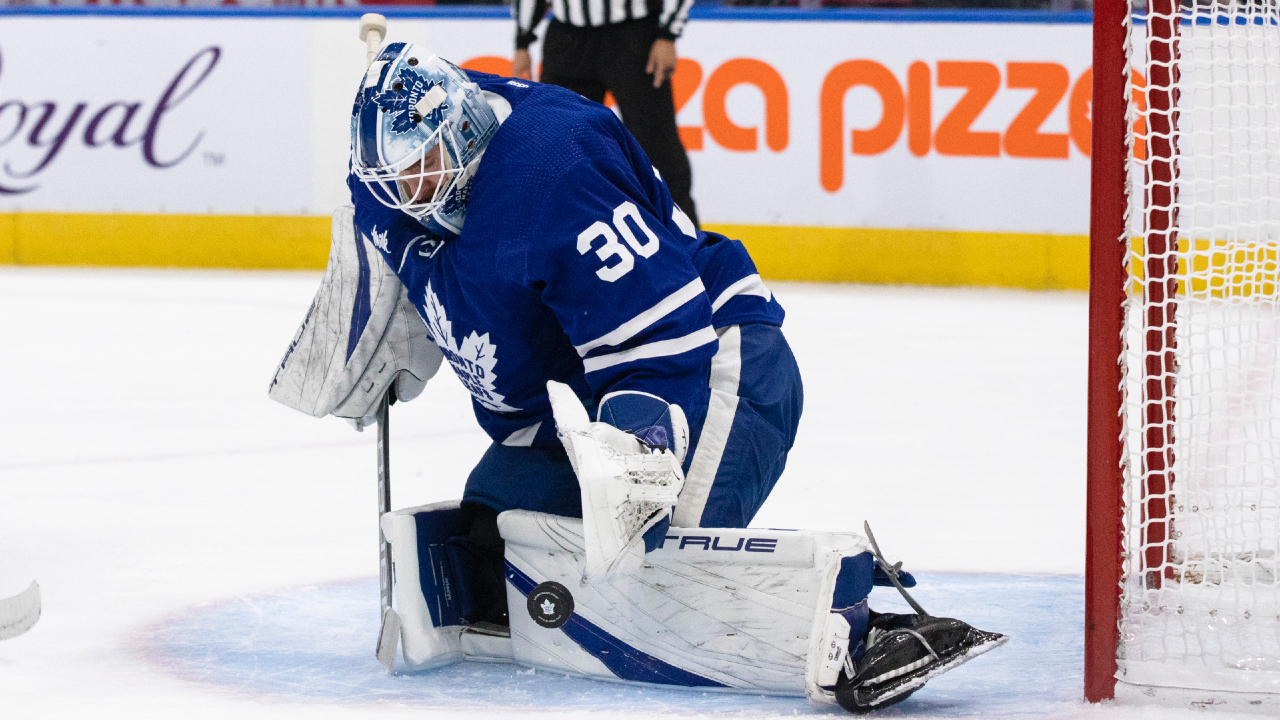
This is the major question for the Leafs. Matt Murray hasn’t been a legitimate number-one starter over a full season since 2018-19, while Ilya Samsonov has never been a legitimate number-one starter at the NHL level. On the bright side, it shouldn’t be difficult to improve on Petr Mrazek’s performance from last season. Jack Campbell wasn’t exactly dominant at five-on-five, either.
Bottom teams by 5v5 Sv% in 21-22:
NJ – Missed playoffs
SEA – Missed playoffs
ARI – Missed playoffs
TOR
BUF – Missed playoffs
DET – Missed playoffs
CBJ – Missed playoffs
CHI – Missed playoffs
MTL – Missed playoffs
ANA – Missed playoffs
PHI – Missed playoffs
VGK – Missed playoffs— Kevin Papetti (@KPapetti) August 18, 2022
If the Leafs are as strong defensively as I expect them to be, they should be able to limit breakaways, odd-man rushes, and high-danger scoring chances. If a high percentage of their shots against are low-danger chances, the environment should help their goalies post a stronger save percentage.
The Leafs didn’t give up any picks or prospects to add Murray and Samsonov, and they actually added a third-round pick in the process. Many wanted them to trade picks and prospects to address the position this offseason. They do still have draft and prospect capital to trade if they decide they need help at the deadline.
There are a few positive signs here. First, both Murray and Samsonov played well in the preseason, so there’s reason to be optimistic that they’ll get off to a strong start. Second, Murray performed well by Evolving Hockey’s Goals Saved Above Expected (GSAx) last season. Having watched every goal that he allowed, I’m quite confident that he was better than his .906 save percentage suggests. He played particularly well in the second half of last season. Given that he’s still only 28, he’s a bit too young for his recent seasons to be attributed to age-related decline.
Samsonov is a 6’3″ athletic goaltender who is a former first-round pick. Like Jack Campbell, things haven’t gone according to plan in his early NHL seasons, but there’s still some promise there. While the Murray-Samsonov tandem clearly isn’t as strong on paper as Sorokin-Varlamov, both goaltenders carry some upside and have looked good thus far. I’m taking a “wait and see” approach with Toronto’s goaltending for now.
Special Teams
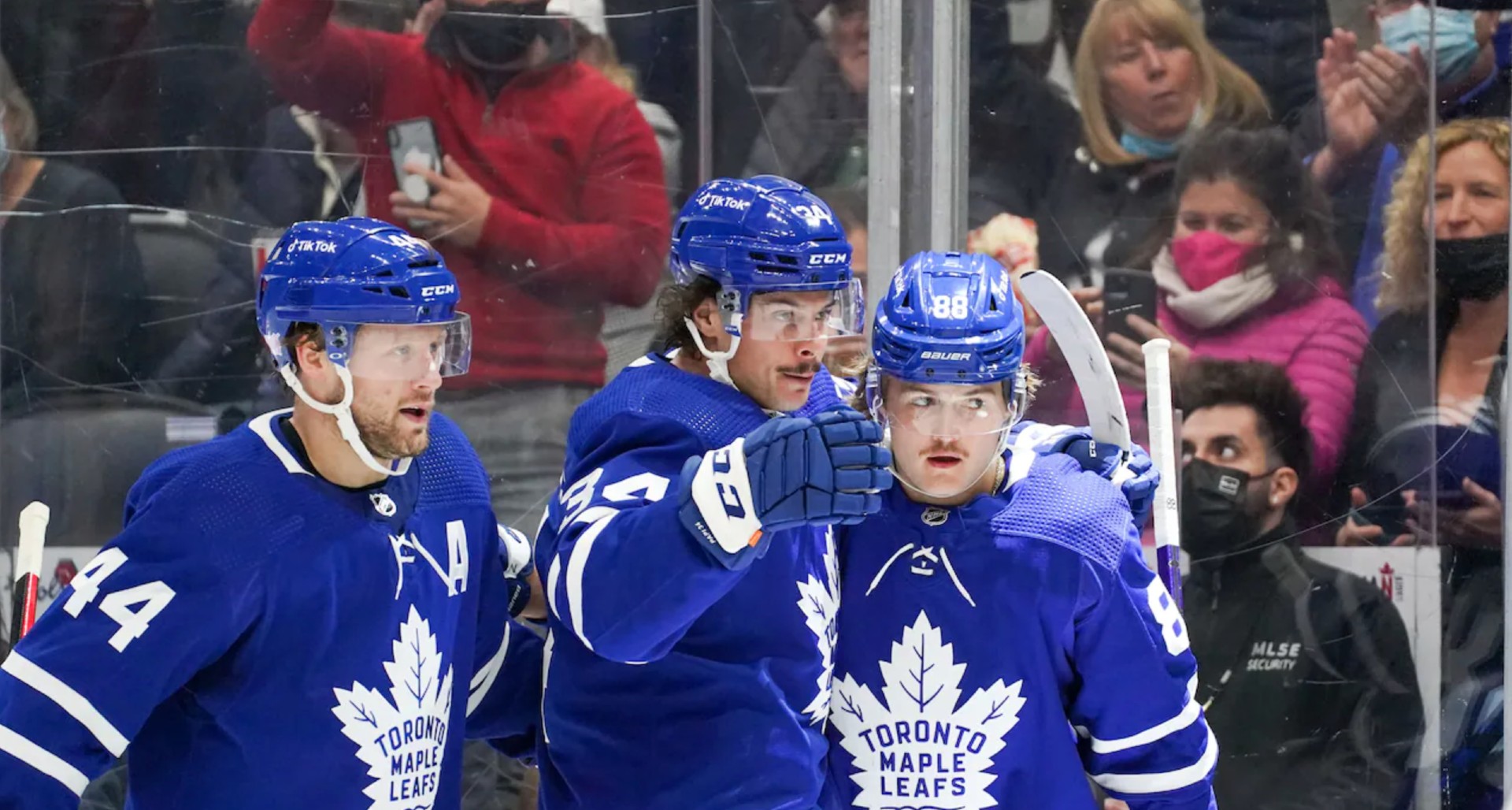
The Leafs owned the best power play in the NHL last season at 27.3%. They also finished eighth in the penalty kill at 82.1%, but they were the best team by goal percentage (GF%) thanks to an NHL-leading 13 shorthanded goals. Their special teams weren’t just good — they were elite.
The entire top power play unit will return this season, and while they may be bound for some regression, we can still expect strong production. The second unit will miss Jason Spezza, but Michael Bunting and Rasmus Sandin will return and Nick Robertson’s shot is lethal. Calle Järnkrok shot is also a weapon in the middle of the 1-3-1 setup, so the Leafs should have a similar amount of talent on their power play as last season.
The penalty kill lost a major shorthanded scoring threat in Ilya Mikheyev, who will be difficult to replace. However, they should benefit from having a full season of Giordano, and Muzzin only played about half a season last year. Kampf and Marner will both return on Toronto’s top forward unit. Engvall and Kerfoot are more than capable as well. There’s a ton of depth up front, where Järnkrok, Aston-Reese, Aube Kubel, and even Nylander can take some shorthanded minutes when needed.
Expect to see fewer shorthanded goals, but the goal prevention should still be quite strong. Of course, the goaltender is the most important penalty killer on any team’s roster, so the performance of Murray and Samsonov will play a big factor here.
All in all, while it’s tough to improve or even match last season’s special teams production, the Leafs should still remain quite strong in this regard.
Lineup Projection When Fully Healthy
| LW | C | RW | LD | RD | G |
|---|---|---|---|---|---|
| Michael Bunting | Auston Matthews | Mitch Marner | Morgan Rielly | TJ Brodie | Matt Murray |
| William Nylander | John Tavares | Calle Järnkrok | Jake Muzzin | Timothy Liljegren | Ilya Samsonov |
| Nick Roberston | Alex Kerfoot | Pierre Engvall | Mark Giordano | Rasmus Sandin | |
| Zach Aston-Reese | David Kampf | Nicolas Aube-Kubel | Justin Holl |























